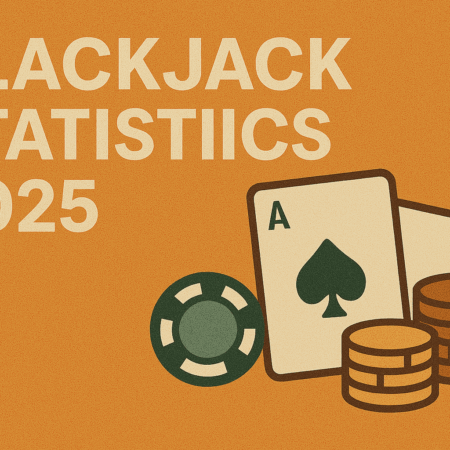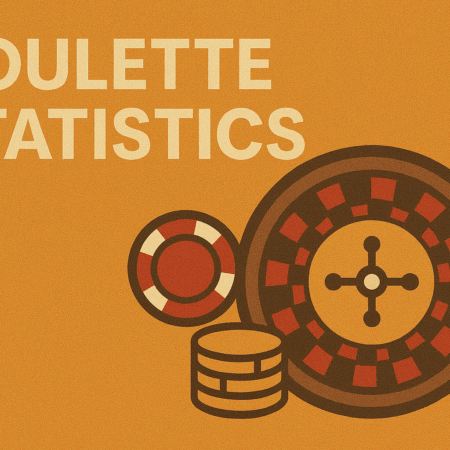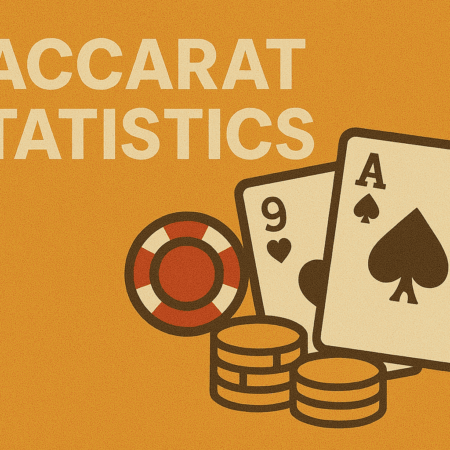Blockchain technology has evolved from a niche innovation supporting Bitcoin into a foundational pillar of the digital economy. In 2025, it underpins everything from decentralized finance (DeFi) and supply chains to voting systems and carbon credits. But what exactly is blockchain, and why does it matter more than ever?
Whether you’re a curious beginner or a business leader exploring integration, this guide breaks down blockchain’s core principles, how it works, its real-world use cases, and where it’s heading in the future.
- Sign-Up Offer
- FREE 500 GC + 3 SC
- No purchase necessary
- 100% First-Purchase Boost
- Daily Login Bonus: 10 FS
- Social Media Contests
- VIP Exclusive Rewards
What Is Blockchain?
At its core, a blockchain is a distributed, digital ledger that records transactions in a secure, transparent, and tamper-proof manner. It differs from traditional databases in one crucial way: it is decentralized. Instead of one central authority controlling the data, blockchain operates on a peer-to-peer network where all participants (or “nodes”) have access to the same records.
Each group of transactions is stored in a block. Once verified, it’s chained to the previous block—hence the name blockchain.
Core Components of Blockchain Technology
Understanding blockchain requires unpacking its key elements:
1. Decentralization
Traditional systems rely on centralized entities (banks, corporations). Blockchain spreads control across a network, reducing the risk of single points of failure and making censorship more difficult.
2. Consensus Mechanisms
To validate new blocks, nodes must agree. Common mechanisms include:
- Proof of Work (PoW): Requires computational work (used in Bitcoin).
- Proof of Stake (PoS): Validators are chosen based on how much crypto they stake (used in Ethereum 2.0).
- Delegated Proof of Stake, Proof of Authority, and others are also emerging in newer chains.
3. Cryptographic Security
Blockchain uses cryptographic hashes (SHA-256 in Bitcoin) to link blocks securely. Any attempt to alter past data changes the hash, making tampering evident and invalid.
4. Immutability and Transparency
Once a block is added, it’s almost impossible to change. Every transaction is time-stamped and visible, promoting trust without a middleman.
How Transactions Work on the Blockchain
- Initiation: A user requests a transaction (e.g., sending Bitcoin).
- Broadcasting: The transaction is shared across the peer-to-peer network.
- Validation: Nodes use consensus to verify the transaction.
- Block Creation: The validated transaction is added to a block.
- Block Addition: The new block is appended to the chain permanently.
- Confirmation: The user receives confirmation; the process is irreversible.
Types of Blockchains
Blockchain isn’t one-size-fits-all. Different types serve different needs:
1. Public Blockchains
- Open to anyone (e.g., Bitcoin, Ethereum).
- Fully decentralized and transparent.
- Ideal for crypto and DeFi.
2. Private Blockchains
- Access restricted to selected participants.
- Controlled by a single organization.
- Used in corporate or government environments (e.g., IBM’s Hyperledger Fabric).
3. Consortium Blockchains
- Operated by a group of entities.
- Combines features of public and private systems.
- Useful in supply chains, healthcare, and banking.
4. Hybrid Blockchains
- Combine public and private features.
- Give organizations flexibility and control.
Blockchain Use Cases in 2025
The potential of blockchain now stretches far beyond cryptocurrency. Here are the leading applications reshaping industries:
Finance and DeFi
- Peer-to-peer lending, token swaps, insurance, and stablecoins.
- No intermediaries, 24/7 access, and higher transparency.
Supply Chain Management
- End-to-end tracking of goods (from origin to shelf).
- Increases accountability and combats counterfeiting.
Healthcare
- Patient record sharing, consent management, and data integrity.
- Ensures secure, auditable data exchanges between providers.
Voting and Governance
- Blockchain voting pilots aim to increase transparency and reduce fraud.
- DAO (Decentralized Autonomous Organizations) use on-chain governance models.
Digital Identity
- Self-sovereign IDs allow individuals to control their data and prove credentials securely.
Gaming and NFTs
- Ownership of digital assets (NFTs), interoperable avatars, and blockchain-based game economies.
Challenges and Limitations
Despite its promise, blockchain still faces notable hurdles:
- Scalability: Most public blockchains can handle only limited transactions per second.
- Energy Use: PoW networks like Bitcoin face criticism for high energy consumption (though many are shifting to renewables).
- Regulatory Uncertainty: Governments are still catching up, especially in areas like DeFi and privacy coins.
- Interoperability: Many blockchains operate in silos. Cross-chain communication remains a work-in-progress.
Future Trends in Blockchain Technology
In 2025 and beyond, several developments are shaping the blockchain ecosystem:
Layer 2 Scaling Solutions
Rollups (Optimistic and ZK-rollups) are helping blockchains like Ethereum scale affordably and efficiently.
Enterprise Integration
More corporations are integrating blockchain for audit trails, automation, and compliance.
Green Blockchain Initiatives
Proof-of-Stake and carbon-negative networks like Chia and Algorand are growing in popularity.
Interoperability Protocols
Projects like Polkadot, Cosmos, and Chainlink are breaking down walls between blockchains.
Tokenization of Real-World Assets
From real estate to fine art, more physical assets are being represented on-chain.
Final Thoughts
Blockchain in 2025 is no longer just a buzzword or Bitcoin’s backend. It’s a transformative technology shaping how we store, verify, and transfer value in a digital world. As the ecosystem matures and scalability improves, blockchain will play an even greater role in redefining trust and transparency.
For users, developers, and businesses alike, now is the time to learn, build, and engage with the blockchain revolution.
Frequently Asked Questions (FAQs)
What is blockchain in simple terms?
Blockchain is a digital ledger where transactions are recorded publicly and securely across a network of computers. It’s like a shared Google Sheet, but encrypted, decentralized, and nearly impossible to hack.
Is blockchain only used for cryptocurrency?
No. While blockchain powers Bitcoin and other cryptocurrencies, it’s also used in logistics, healthcare, finance, voting systems, and digital identity.
How is blockchain different from a regular database?
Traditional databases are centralized and controlled by one entity. Blockchain is decentralized, meaning no single person or group controls the data, and everyone on the network has a copy.
Is blockchain safe and secure?
Yes. Blockchain uses cryptographic techniques and consensus mechanisms to ensure data cannot be easily changed or deleted. However, user errors (like losing private keys) can still lead to loss of assets.
Can blockchain be hacked?
While the blockchain itself is extremely secure, vulnerabilities can exist in applications built on top of it or through social engineering attacks. Still, blockchain’s architecture makes altering past transactions extremely difficult.
What’s the environmental impact of blockchain?
It depends. Proof-of-Work blockchains like Bitcoin require significant energy, but many newer blockchains use Proof-of-Stake or carbon-neutral approaches that are much more eco-friendly.
Where can I learn more about blockchain projects in 2025?
Check out platforms like CoinGecko, Messari, and Clovr.com for updated reviews, market trends, and educational guides.

 Canada
Canada Deutsch
Deutsch Español
Español Português
Português



